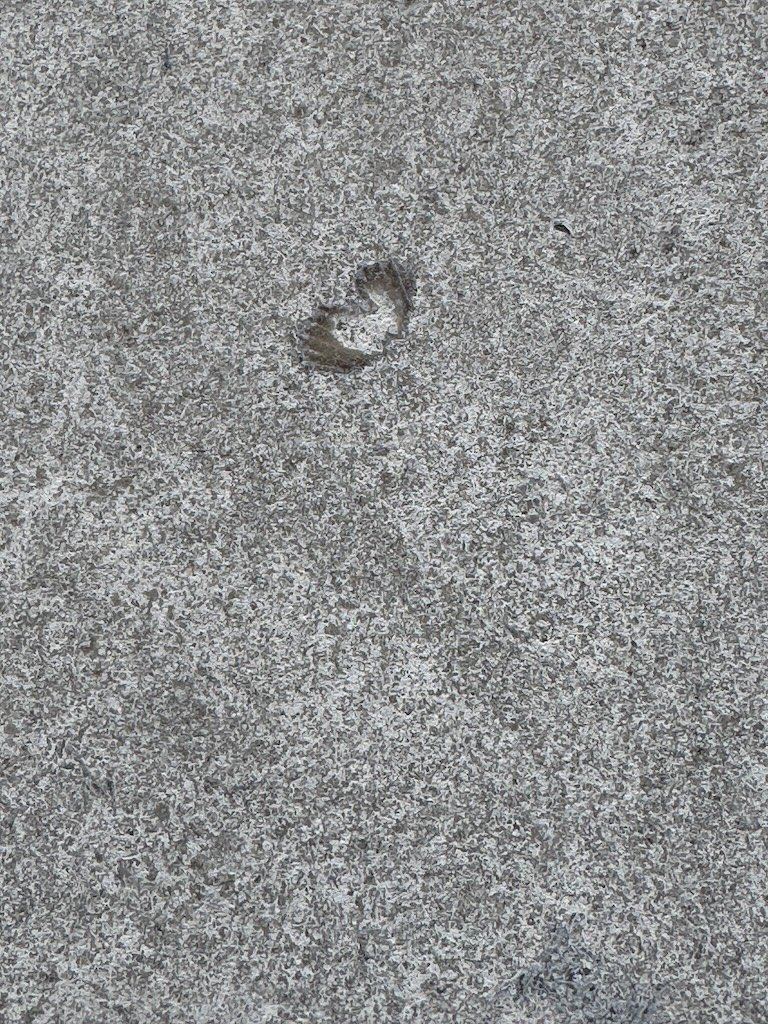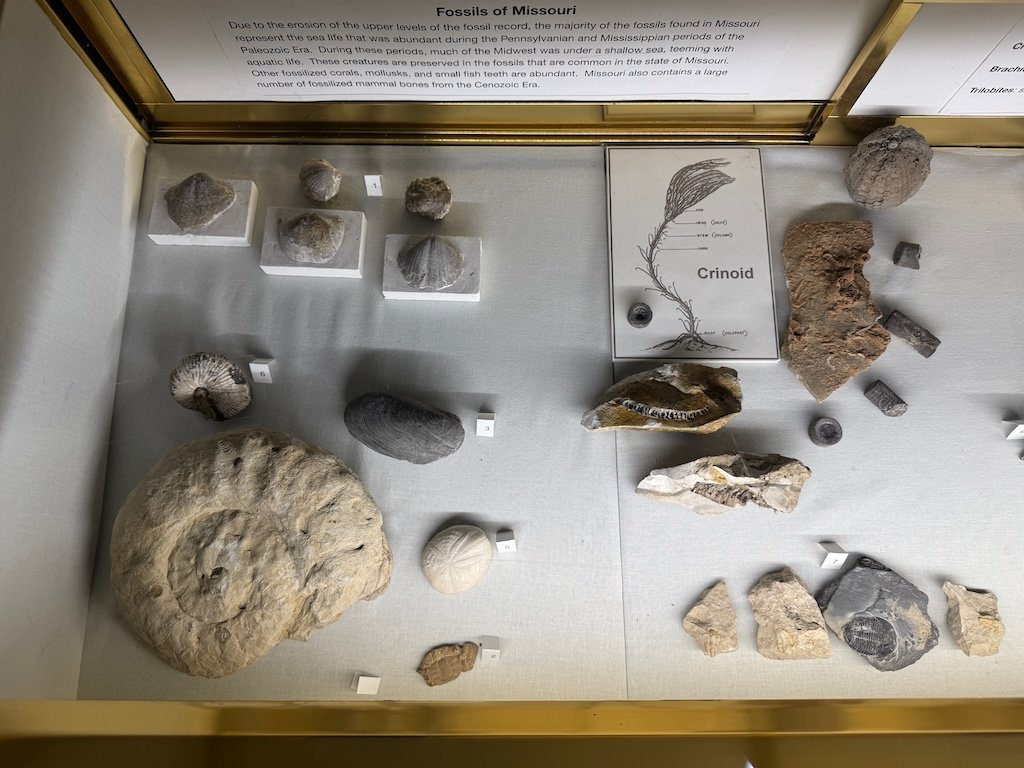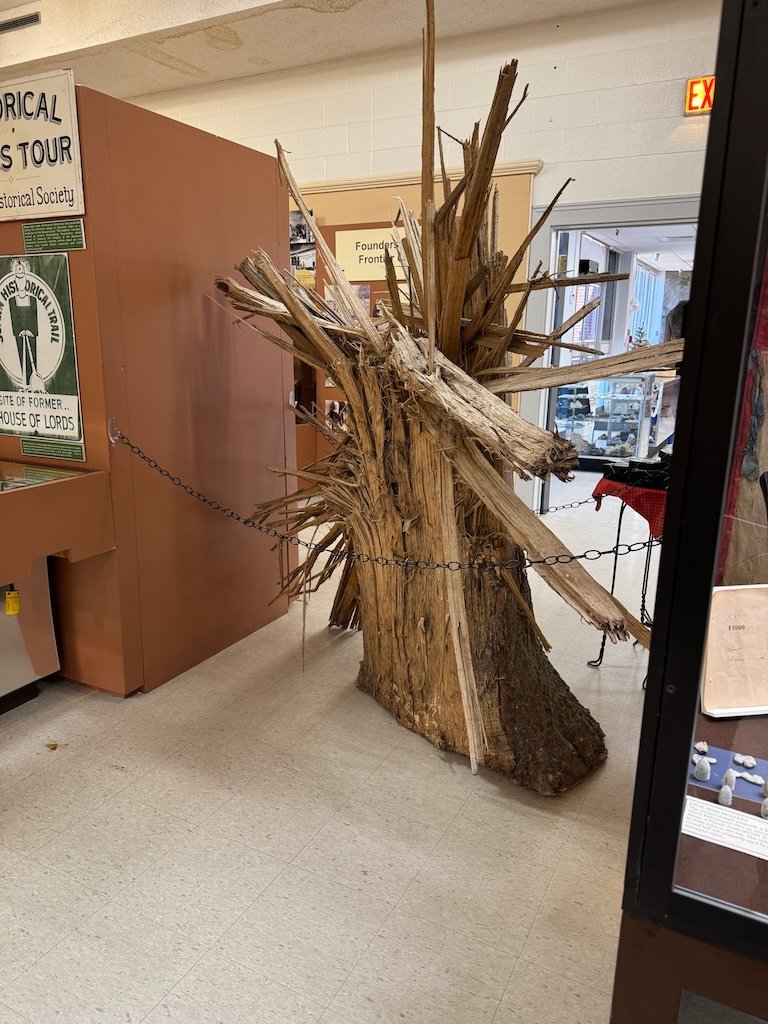Field Trip to Prairies around Lockwood MO
/My husband got the announcement about field trips from the local Audubon chapter and suggested the day trip to the Lockwood area to (hopefully) see Northern Harriers and Short-eared Owls. The group met in a parking lot before setting out as a caravan of cars; walkie-talkies were handed out to enable communication along the way.
We were surprised that most of the field trip was spent in the car – driving around on country roads with small farms (lots of cattle) with occasional prairies managed by the Missouri Prairie Foundation or the Missouri Department of Conservation. We did see lots of Northern Harriers and Red-tailed Hawks and Kestrels and Shrikes and a flock of red-winged blackbirds (maybe with some other kinds of blackbirds mixed in) large enough to fly up into a murmuration. No short-eared owls though. We did see a Prairie Falcon!
I didn’t take any pictures as we drove around although in retrospect maybe I should have leaned out the window with my camera.
We stopped for lunch at Cooky’s Café in Golden City, MO for lunch – the leaders of the trip having called ahead to let them know the number of people and the approximate time we’d arrive. It worked out well. The food was good and there was a great selection of pies for dessert.
We stopped late in the afternoon at Niawathe Prairie Conservation Area and walked to the top of a low hill to look for owls. They had been spotted there recently. I took some pictures of the winter prairie from the top.
There were occasional holes (armadillo probably) big enough to be dangerous to anyone walking the prairie in the dark so we went back to the cars to try one more place as the sky became colorful.
We drove past another prairie where short-eared owls had been seen recently. No luck.
I contented myself with two sunset pictures as we headed back to Lockwood…and then home.
The area has a fair number of wind turbines. We noted them early in the field trip and as we drove around….and then we got to see the red lights that flash in unison at night!
This was our first field trip with the local Audubon chapter and we’ll be doing more. I need to think about how to do more photography. There were several people that were using a better bridge camera than my current Canon Powershot SX70 HS…and my husband opted to order one for me. Good birds and good tip on a new camera…a well spent Saturday.










































































































































































